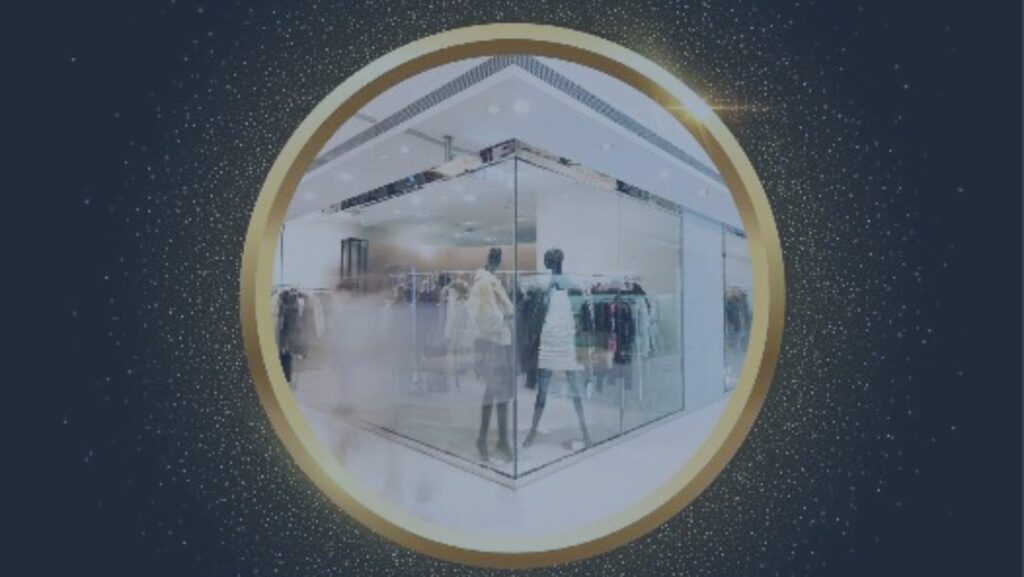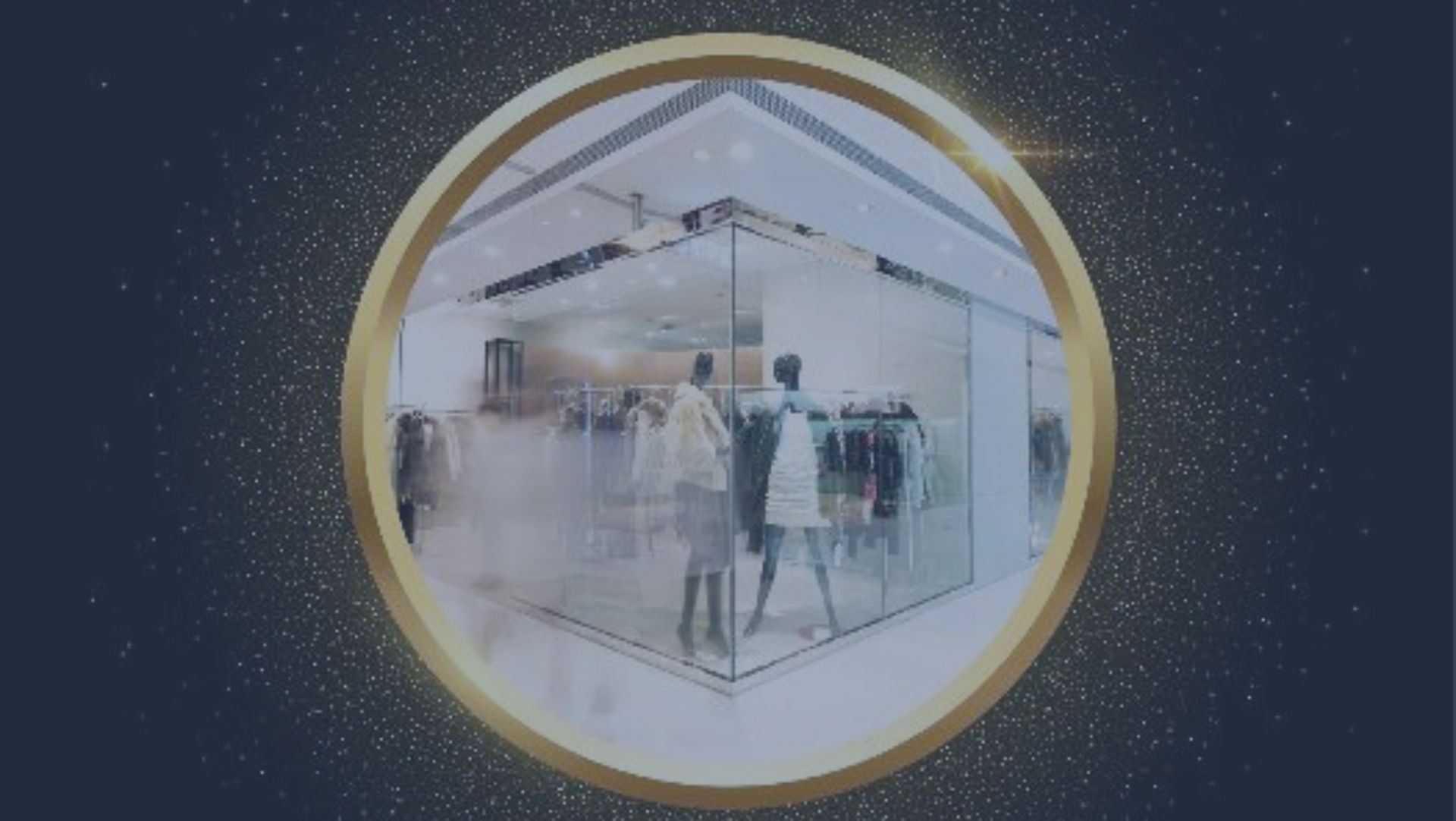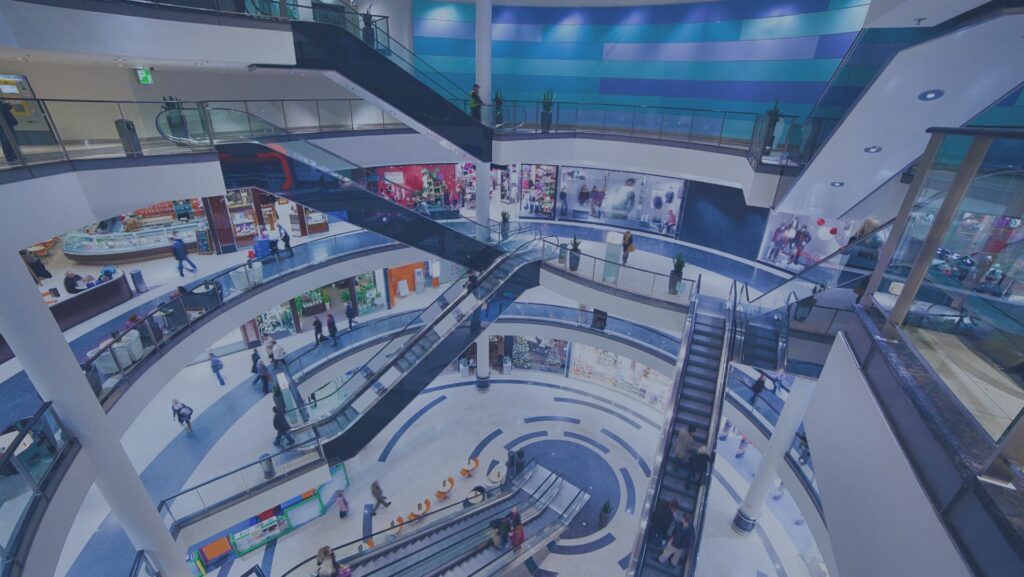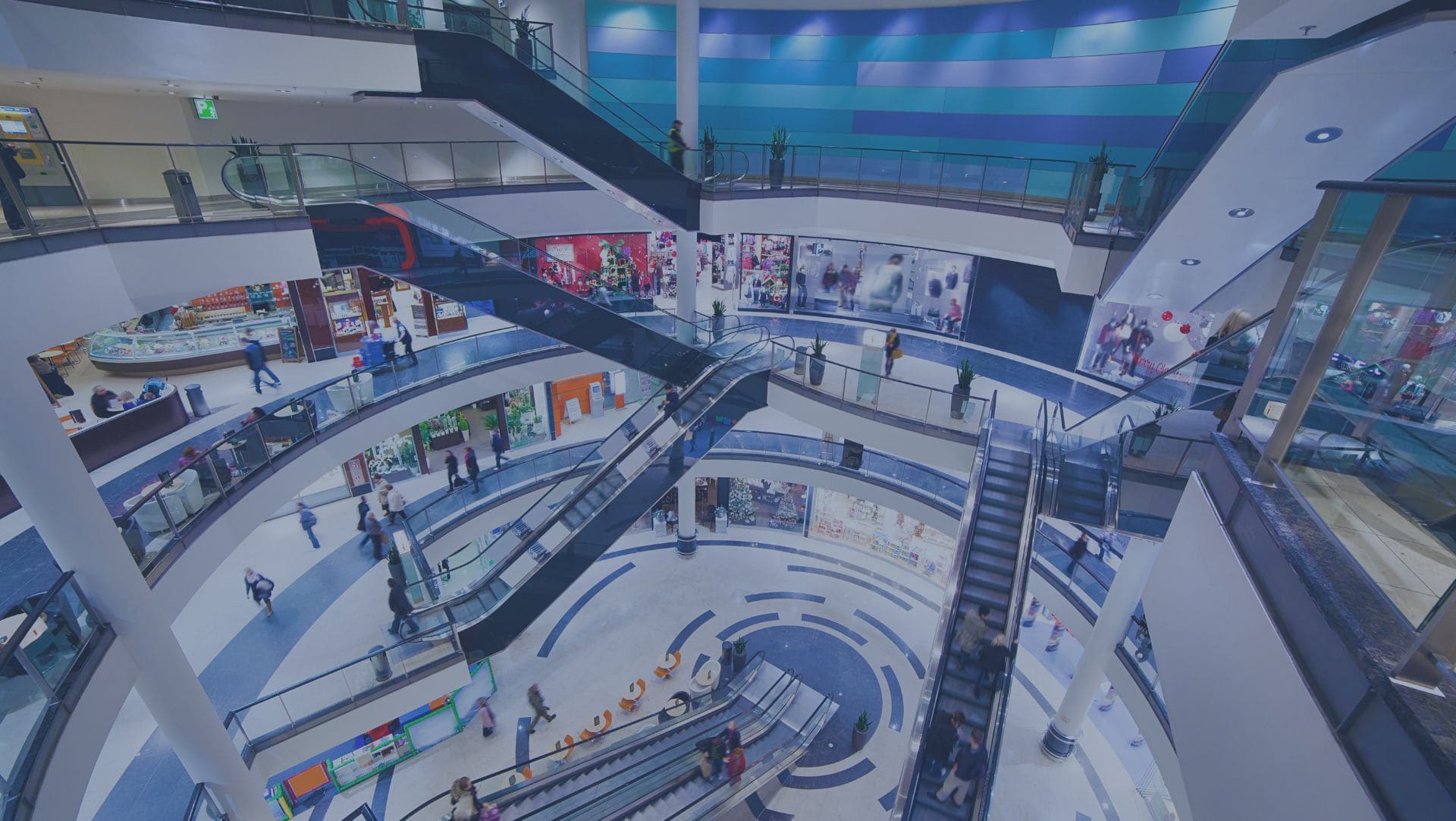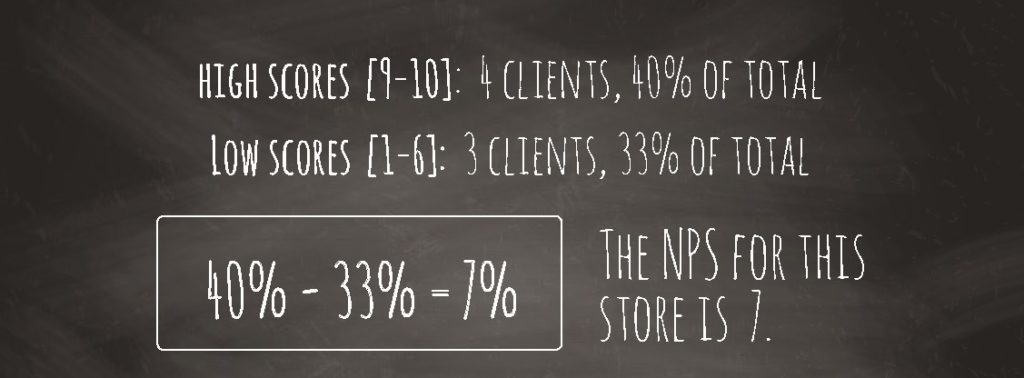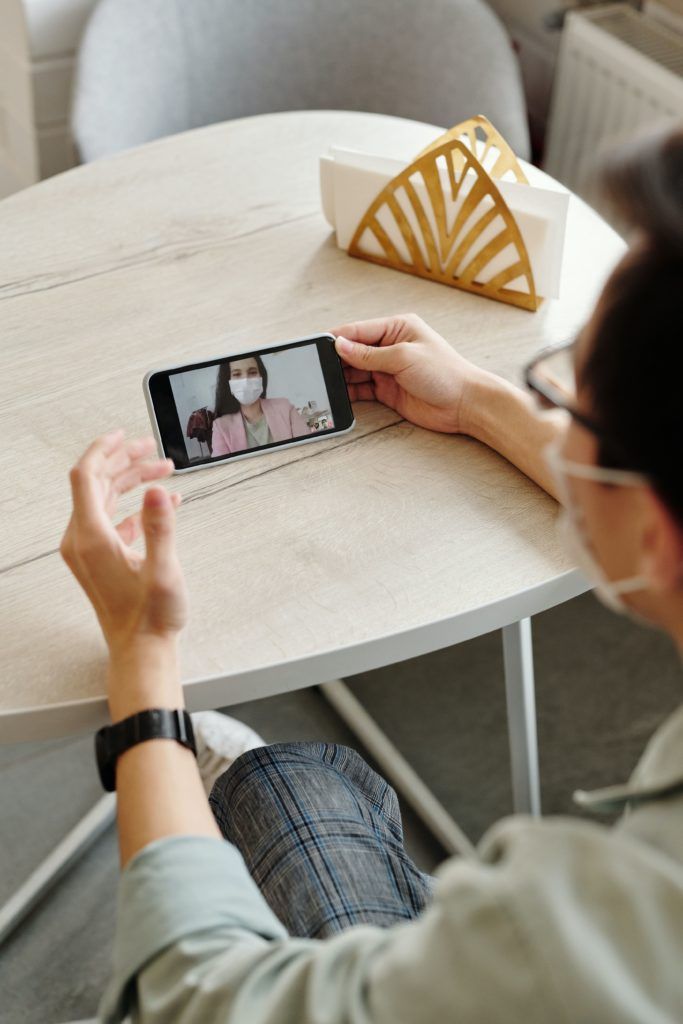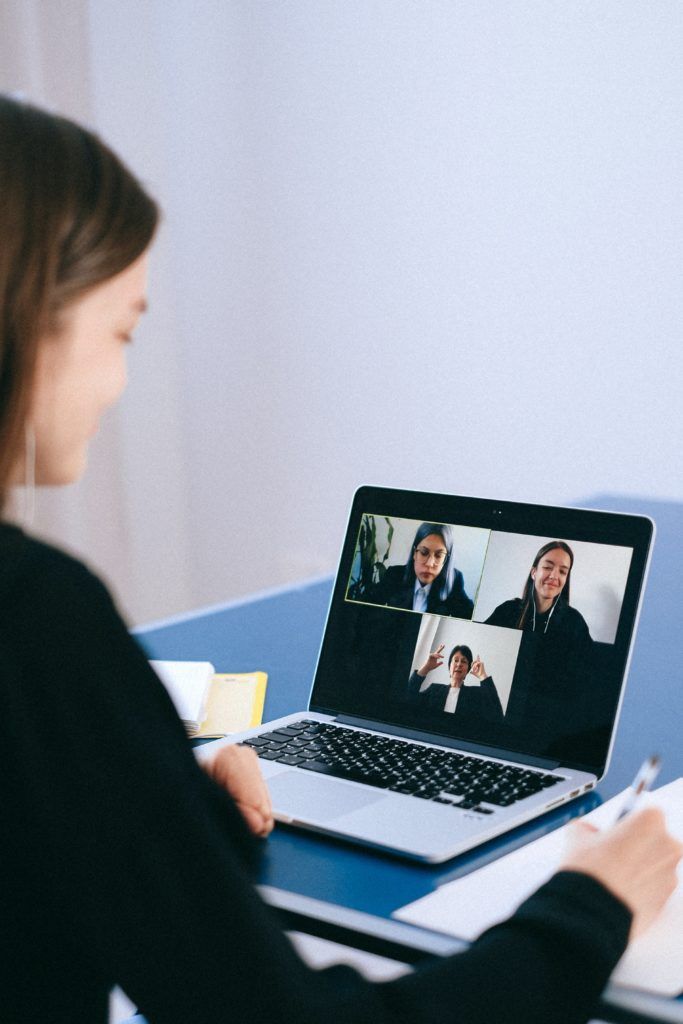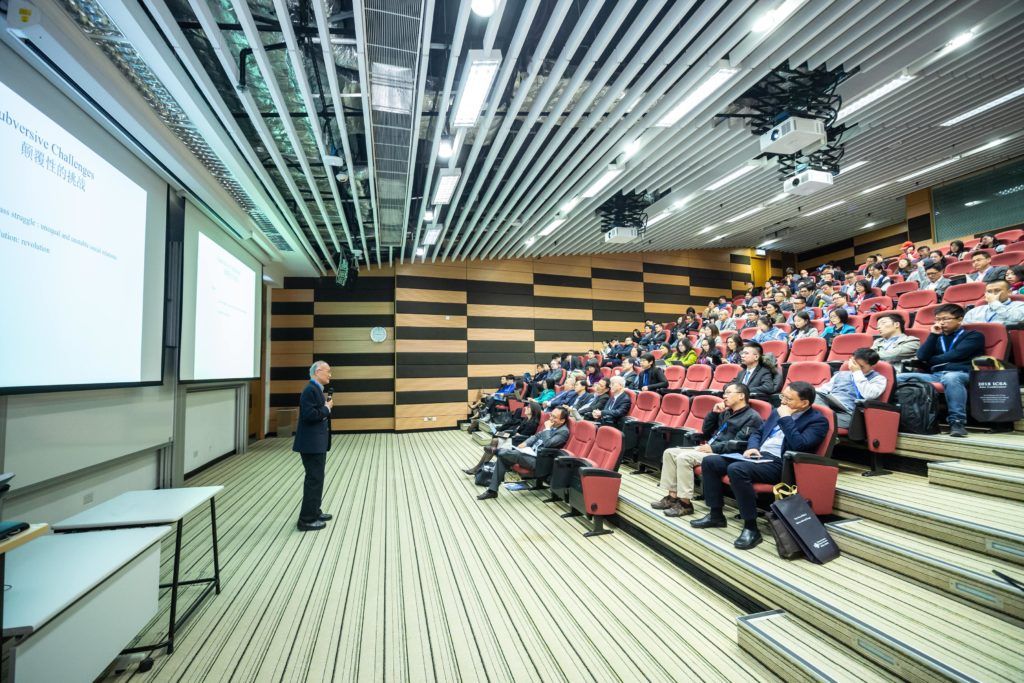– Would you like something to drink?
– A tea, for me, please … with milk and saccharin, please.
– And for you, sir?
– A sparkling water, please.
We are not in a bar but in a luxury store, and this couple receives a soft drink to liven up their experience in the store. Retail is Retail, but each sector (cosmetics, fashion, shoes, sports, DIY, restaurant…) has its own codes. And luxury has very timeless representational codes, yet in continuous evolution: the Luxe Attitude.
In contact with managers and salespeople, who also make our experience as coach-trainers a true luxury, we have trained and refined this Luxe Attitude, for French and Italian brands. I share my particular observation of this Luxe Attitude, from the people’s perspective:
Self-esteem
The challenge for the salesperson (or client advisor or Sales consultant or Fashion expert…) is to occupy their legitimate place in the mutual relationship with the client, and cultivate positive thinking such as: “as a salesperson, I “EXIST”; I am not a mere flower pot, even if my client can potentially spend, in 15 minutes, in my store, the equivalent of my annual salary.” This self-esteem enables the sales person to deliver value added rewarding customer experience, based not only on a desirable product, but also on this possibility of sincere human connection and interaction, to contribute to a greater well-being of the client, and provide an experience that makes the customer feel even happier. Despite this economic imbalance, the sales representative is here to empathize with that client. This self-esteem implies being able to connect with the client, look at the client in the eyes, call him by his name, dare to ask open questions to discover, and generate not only a sale, but also a memorable wow experience, at the height of the brand. Obviously taking care of the staff’s self-esteem does not constitute a decree-law. It is transferred and cultivated thanks to a daily consideration in the employee experiences, in management rituals, individual (one-to-one coaching sessions, annual development plans) and collective sessions (inspiring morning briefs for example).
Service vs Servility
The Ritz-Carlton hotels defined an enlightening mission for their teams: “We are ladies & gentlemen, serving ladies & gentlemen!”. This statement values the exquisite sense of service, and precisely moves away from a sense of servility, which would be less rewarding. This subtle distinction represents a fine line between “service and servility” lies in the hands of the managers, to enable true, authentic and sincere relationships between their employees and the customers in luxury context.

Brand ambassadors
In recent years, we could hear in renown brands: “you are brand ambassadors”. At Apple, managers even say “You are THE brand.” How to “behave” and embody a brand promise like Hermès, Dolce Gabbana or Apple, for a 22-year-old novice salesperson? Elegance when dressing, verbal and non-verbal skills… contribute to embody the brand values. In luxury, the attitude does not come only from know-how, but a lot from behaviors, and personal “class”, that maybe developed!
Collections, shows and Catwalks
All managers and sales fashion experts vibrate with collections, shows and launches. When Alessandro Michele, GUCCI’s Creative Director, launches the Aria collection, on April 15, 2021, which included a wink to Balenciaga, the next day all the teams in stores were sharing with enthusiasm with their customers, (customers and salespersons are fans of the brands) this creativity and originality that energizes the team.
Clienteling
When my friend Andy Stalman arrives at his hotel room in Bogotá, tired after a 13-hour flight from Spain, he can’t believe what he’s seeing. On the table, a Perrier bottle bears his name: Andy. An Evian bottle bears his surname name: Stalman. And the welcome canapés have little flags with the title of his latest book (Brand On-Off). Andy is in shock! And then, he remembers that a month ago, he had already stayed in this same hotel, and the receptionist, during check-out, asked him, with great class, for his email address. She even dared to ask what his company did. Andy was able to talk about his book and his thoughts on branding. Luxury is about asking with honest interest. Luxury is to write down and remember. Luxury is delicately executed. Luxury is generating an experience in which they make you feel unique. Clienteling is about systematizing and executing loyalty with that hyper-personalization that generates a moment so wow, an experience so unforgettable, that we want to share: Fans, in all senses. The staff in luxury brands are Craftsmen not only in producing hand-made products, but also in delivering unique distinguished human experiences.
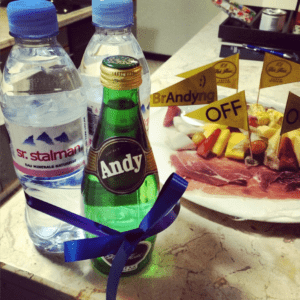
Selling Ceremony
As the psychologist Vanessa Gault says: “The beautiful gesture is one so absolutely right, so precise, so perfect, that it seems easy, forgetting the sum of practices, knowledge and intuition of which it is the signal.” At CapKelenn, we talk about dancing with the client in 8C’s. The way a client advisor says hello, connected emotionally in the first seconds, discovers the client’s needs, leaves the counter to hand over a bag with 2 hands or even opens the door, represents ceremonials based on rituals. Like a dancer who, after hours of training, is capable of performing stunts that seem simple… even for the Closing phase. With covid, luxury stores receive less tourists and now need to really take a better care of the local customer; this is to really sell (in the better sense of the word) and enhance conversion rates. The closing phase is absolutely part of the selling ceremony, and must be trained, rehearsed, practiced regularly.
The power of words
Luxury is also experienced thanks to its linguistic elegance, enabling the evocative power of words, inspired by the lexical field of each brand. The French language, for example, includes a total of 60,000 words, of which an educated person masters about 40,000 and uses daily about 4,000. With 500 words a person survives every day. The challenge of luxury is to identify and impregnate each salesperson with the 20 to 150 keywords of a brand and its sector that a salesperson, even a new comer, must master and include in their lexical. NLP (NeuroLinguistics Programming) reminds us how automatic and unconscious the function of language is. Then, it can be the purpose of a coaching and training effort, initial and continuous, with perhaps, quiz and shadowing, to accompany a salesperson towards this mastering of proper vocabulary.
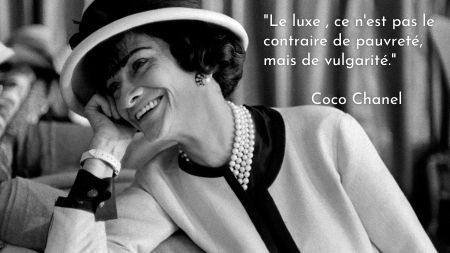
Story Telling
The power of words is also translated into the narrative of a powerful story telling: passionately telling the story of the “Maison”, conveying the story of each of its iconic products. The sale of the iconic Kelly bag at Hermès must be accompanied by the narration of the scene in which Grace Kelly, surrounded by paparazzi as she gets out of a car, conceals her belly, being pregnant in 1956, with a bag that would be renamed… “the Kelly bag”. Handling anecdotes, dates, icons, inspirations … constitutes the magic of the Luxe Attitude. We love that they tell us stories and that they relate them… with passion. And this narrative skill may be trained up to mastering.
Sensory experience
In a Bang & Olufsen store, the sales expert invites us to sit on a sofa, in front of a television with speakers, an authentic auditorium, and asks you for our favorite music. Ready? Then comes on the music. Wow! High voltage Experience. You obviously “desire” this level of acoustic in your living room. It’s hard to get off that couch. The sale is done, almost by itself. The very meaning of a customer experience. Steve Jobs used to say, “In general, people don’t know what they want until you show it to them!” Show, smell, touch, taste, connect with the sensations and emotions, that are the drivers of decisions. Symphony for the 5 senses…. in which Amazon cannot compete.
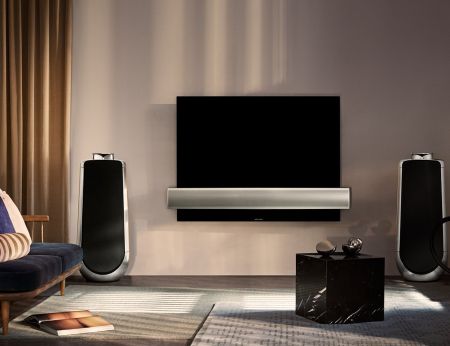
Brand of a country
Chanel is a symbol of France; Armani of Italy. If I sell a Mah Jong by Roche Bobois, even in a Minnesota or Berlin showroom, I must convey “l’art de vivre à la française” (and pronounce this promise to the best of my ability in French). For an American or German customer, this furniture means a “piece of France” at home. And the “Consultant Designer” must be able to permeate this French character; this “Frenchness”, or “Italianness”, of each brand.
Digital luxury salesperson
The new luxury is also time and space. How long, how many seconds, would it take for a brand to answer to a chat query on their website? Beyond 10 seconds, today a Consumer would consider it slow. A real challenge for the store operation ! And if they offer me a virtual personal appointment, will this interaction be as intense as a face-to-face experience, on an emotional, sensory level? And in this virtual video appointment, does the salespersons remain seated or are they able to get up, walk around the showroom and show the products to the customer with video from their smartphone, and even close sales, if the customer so wishes? As we shared in the last version of Retail Coaching book, perhaps that is a part of luxury of this 2021: live a whole shopping experience, even without moving from home.
The Luxe Attitude, is that attitude that transmits this timeless sensation of embracing the sublime, of expressing the desire to own the perfect piece, to feel intensely alive, to feel… unique.
